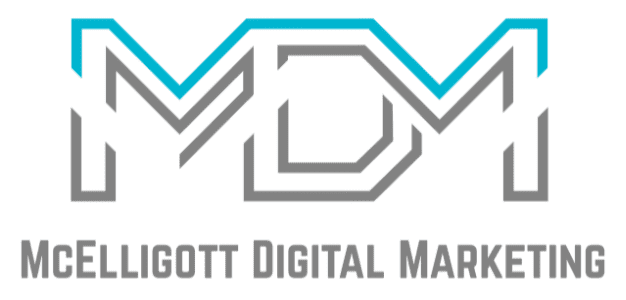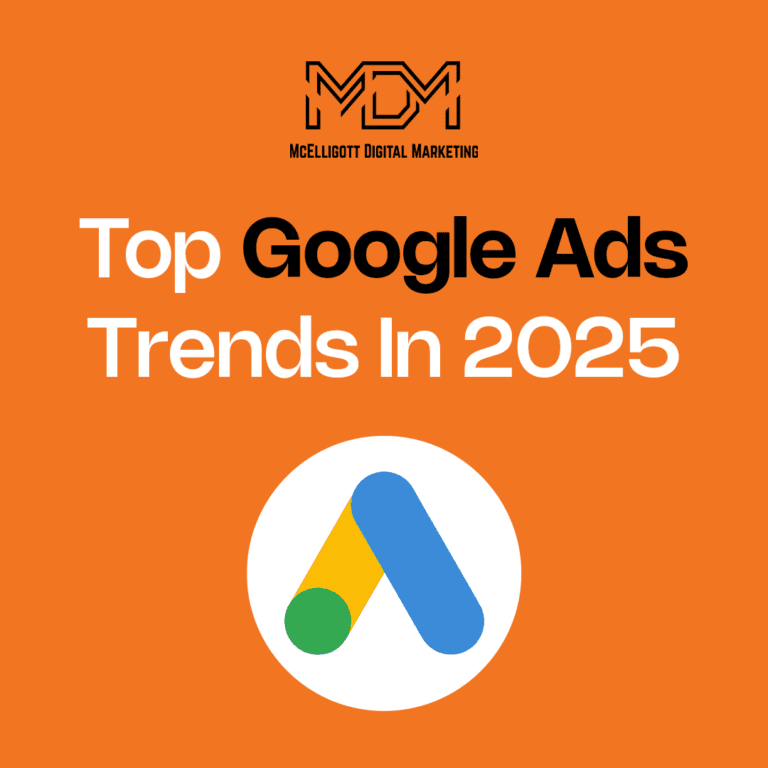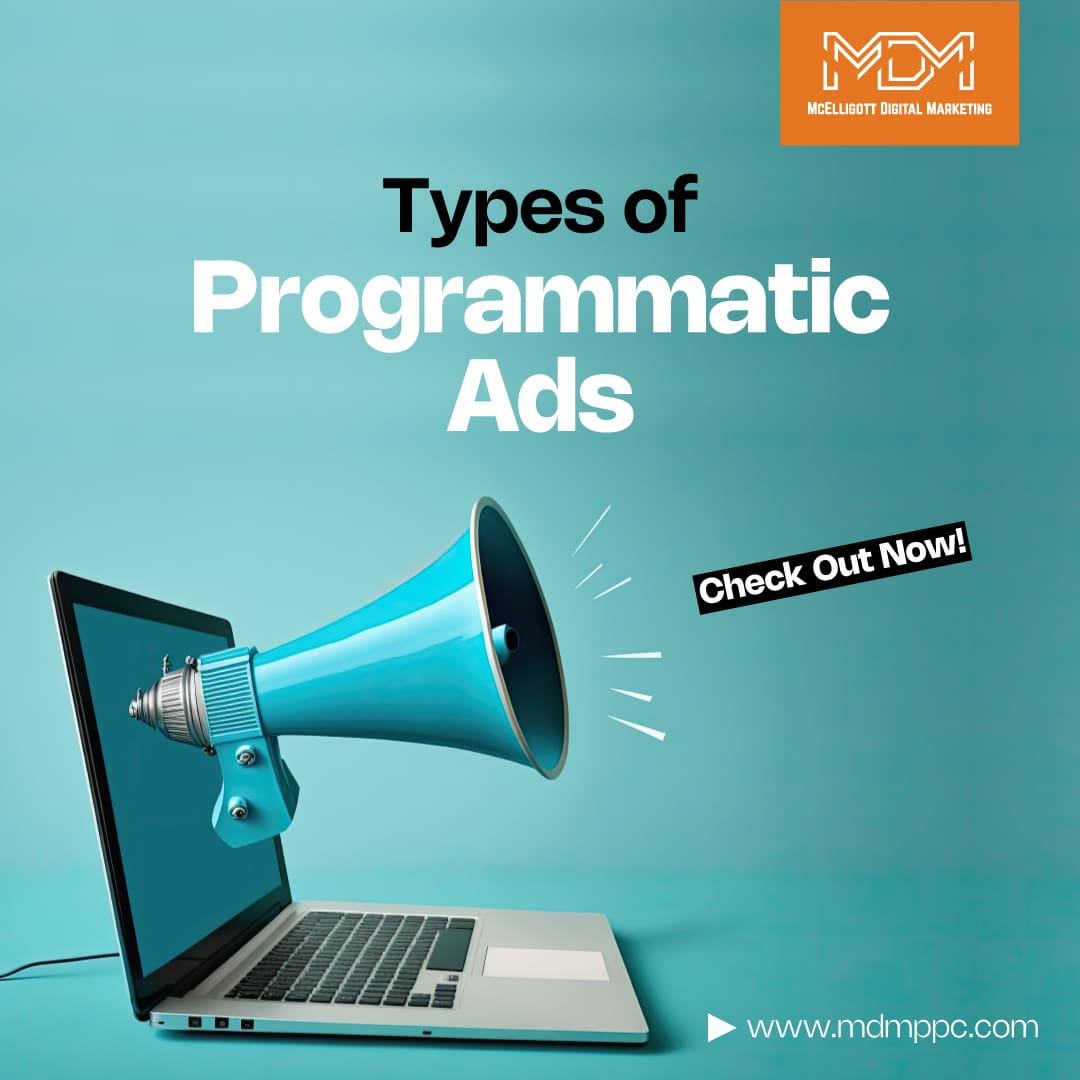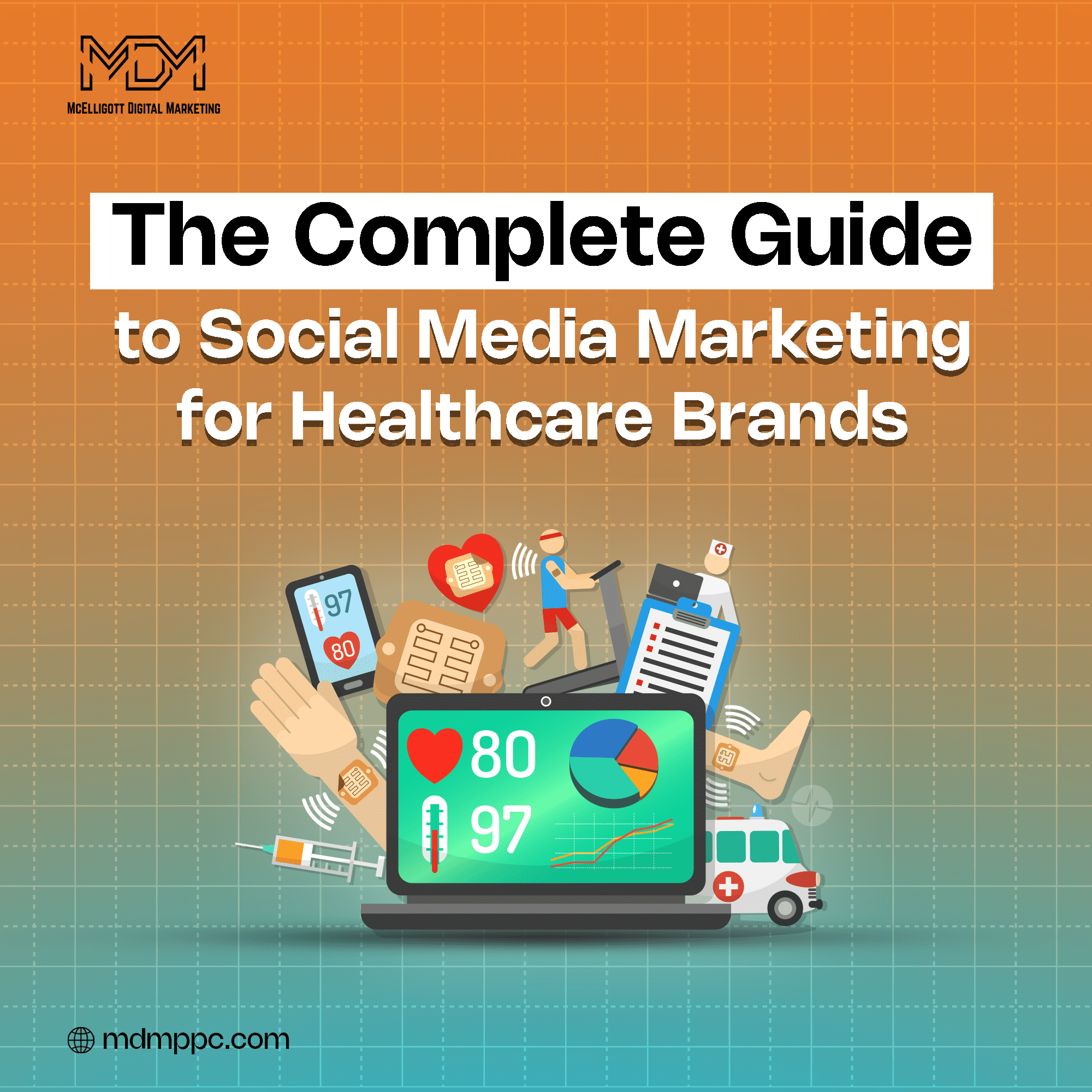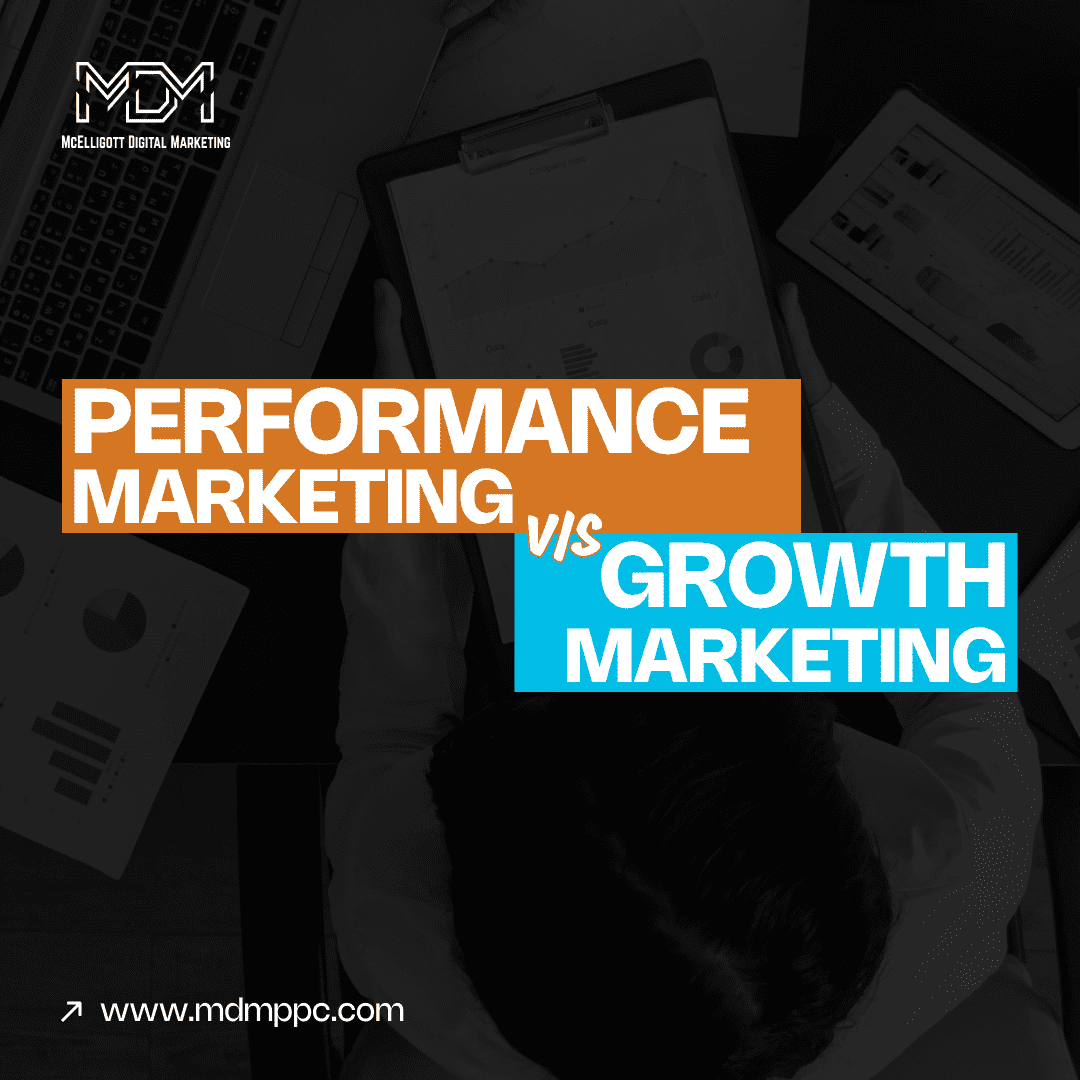Google Ads evolved a lot in the last year, and it will change even in 2025. Marketers are now using more AI tools in advertising, we have lost some attribution models, and there are multiple structural updates in Google Ads.
You need to stay tuned with the Google Ads trends and predictions to keep pace with the changes in the platform and see advertising success.
Check out these Google Ads trends that will rule over 2025 and use them in your ad campaigns.
Top 7 Google Ads Trends in 2025
1. AI-powered automation
AI-powered automation will continue to transform Google Ads in 2025, making it an essential tool for marketers. Google keeps improving its AI-driven features, and this trend is expected to grow.
One key feature, automated bidding, adjusts bids in real time. It considers user behavior, competition, and campaign goals to deliver better results.
AI will also improve campaign optimization. It can analyze large amounts of data to find trends, refine targeting, and suggest improvements. This saves advertisers time, letting them focus on strategy and creativity instead of manual work.
Audience targeting will become more precise. AI algorithms will segment users based on their behavior, intent, and other signals.
AI-powered automation will also improve user experiences, from domestic to international PPC campaigns. . It predicts what users want and delivers personalized ads at the right time and platform. This can lead to higher conversion rates.
These tools will benefit businesses of all sizes. They make it easier to manage complex campaigns. To make the most of this trend, marketers must stay updated on new tools and integrate automation smoothly into their strategies.
2. Smart bidding
Manual bidding is becoming a thing of the past! However, it gives more control over the ads. As we step into 2025, smart bidding is getting smarter, and more businesses are using it to improve their ad performance.
Smart Bidding is an automated system powered by machine learning. It adjusts your bids automatically to help you get the best results, like more clicks, calls, or sales. Examples of smart bidding strategies include Enhanced Cost-Per-Click (CPC), Target Cost-Per-Acquisition (CPA), and Target Return on Advertising Spend (ROAS).
Every business is different, but many small businesses find the Maximize Conversions strategy with Target CPA a good choice.
Target CPA works by automatically setting your bids to get the most conversions, like phone calls or form submissions, within your budget. You simply tell Google how much you’re willing to pay for each conversion, and it adjusts bids to hit that target. If you know how much a conversion is worth to your business, you can use that number as your CPA target.
If you don’t have exact numbers for your cost per conversion, don’t worry! Google’s AI can help. It needs some time to gather data from your campaigns (this depends on your budget and performance), but once it has enough, it will suggest a good CPA target. For even better results, Google recommends turning on the option to “Adjust CPA Targets Automatically” in your settings.
3. Audience layering
Google Ads now lets you target specific audiences. This feature helps you decide who sees your ads. Using it can make your ad budget more effective.
With audience targeting, you can choose details like age or household income. This ensures your ads reach the right people. You can also exclude groups that are less likely to be interested. For example, if you sell luxury jewelry, you might exclude people with incomes under $100,000. They are less likely to buy expensive necklaces or earrings.
Google Ads also lets you combine different targeting options. You can use keyword targeting and demographic targeting together. This helps you create ads that are highly relevant to your audience.
4. AI overviews
In 2024, Google added many AI features to its search engine. At first, there were issues with inaccurate AI Overview suggestions. Now, it looks like the system is ready to improve how we search online.
In 2025, Google will include shopping ads in the AI Overview. Marketers should start optimizing their ads to show up in these suggestions.
These ads will appear below the AI Overview to support the answers given. For example, if someone searches for “getting wrinkles out of clothes,” the response may include ads for wrinkle removal products.
In this case, ads for wrinkle solutions are more likely to show up than general fabric-related ads.
We believe targeting has always been important in Google Ads. In 2025, marketers who match their products to what users are looking for will see great results.
The good news is that no extra steps are needed right now. Existing Search, Performance Max, and Shopping Campaigns will automatically qualify for these placements. However, focusing on specific user needs and fine-tuning your targeting will make your ads stand out.
5. Performance Max campaigns
Just like AI overviews, Performance Max (PMax) campaigns are here to stay. They are one of marketers’ favorite digital marketing agency tools.
PMax campaigns automatically place ads across Google’s inventory. However, their performance varies a lot, even within the same campaign.
Here are three ways to improve your PMax campaign results. One of them is a new feature in Google Ads that many marketers haven’t used much yet.
- Negative keywords
Marketers have been asking for negative keywords in PMax campaigns, and now it’s available. You can add specific exclusions directly to your campaigns. This means you don’t need account-level settings or manual forms anymore. You can reduce wasted ad spend and take more control from Google’s AI.
- Remove low-quality site placements
Removing low-quality sites can improve your PMax campaign results. It helps you avoid spam clicks and increases the quality of your ads.
Use exclusion lists to block sites like mobile gaming apps, NSFW content, or Made-for-Advertising websites. These sites can hurt your campaign performance. Excluding them will boost your Return on Ad Spend (ROAS).
Right now, placement exclusions are only available at the account or MCC (Google Ads Manager Account) level. Hopefully, this feature will soon work at the campaign level too.
- Do not target brand keywords from PMax campaigns
If you want to attract new audiences, avoid targeting brand-related searches in your PMax campaigns.
This feature is available for both Search and PMax campaigns. You can focus your budget on reaching new, valuable audiences. This helps grow your business and prevents brand searches from messing up your campaign data.
6. Video ads
Video is the most popular type of mobile content and will stay on top in 2025. Marketers without video experience are falling behind those who use it effectively. Video ads are a great way to reach more people. They look appealing and don’t cost too much.
YouTube has introduced a new tool called the Bumper Machine. This tool allows you to turn videos under 90 seconds into bumper ads. These ads are ready to run on the YouTube network.
Platforms are also pushing advertisers to use features like Google’s vertical video ads. Even if you’re not paying for video ads, sites like YouTube are still excellent for running your search campaigns.
Also Check: How to promote YouTube videos with Google Ads?
7. Rise of visual search
Visual search is growing quickly. Amazon reports a 70% increase in use year-over-year. Google is also making it easier for people to search using photos instead of text. This is a big opportunity for product advertisers.
In 2025, Shopping Ads will show up at the top of tools like “Google Lens” and “Circle to Search.” For this to work, marketers need high-quality product photos. Google’s AI relies on clear and detailed images to deliver accurate results.
Product descriptions also need to match what users are looking for. For example, instead of a general term like “Stylish suitcase,” use something more specific. A better description would be “Lightweight Red Carry-On Suitcase with Durable Spinner Wheels and TSA Lock.”
Use clear visuals and detailed descriptions. This will make it easier for Google to match your products to searches.
Conclusion
PPC strategies are always changing. To stay competitive, your marketing strategies need to change too.
Stay updated on the latest tools and best practices. What worked last year might not work as well this year. If you need help with devising the best Google Ads strategy for your business, McElligott Digital Marketing can help.
Book a FREE consultation with our experts at (833) 772-4897.
Google Ads Trends FAQs
1. What are the Google Ads trends in 2025?
Google Ads now uses more AI-powered features, including personalized ad targeting and automated bidding. Shopping ads are also being added to AI Overviews, helping businesses appear in search recommendations.
2. How important are video ads in 2025?
Video ads are very important in 2025. Tools like YouTube’s Bumper Machine make it easy to create short ads. Vertical video formats are also becoming popular, especially for mobile users.
3. Can I use negative keywords in Performance Max campaigns?
Yes, you can now add negative keywords at the campaign level in Performance Max campaigns. This helps you block irrelevant search terms and save money on ads.
4. How can I make my Google Ads campaigns better?
You can improve your campaigns by combining PPC with SEO strategies. Use audience targeting to reach the right people. Exclude low-quality websites from your ads. Also, align your ads with what users are searching for and use tools like smart bidding.
Meta Title: Most powerful Google Ads trends in 2025
Meta Description: From the integration of shopping ads into search overviews to the introduction of new campaign types, these Google Ads trends are going to rule in 2025. 1. AI-powered automation 2. Smart bidding 3. Audience layering
